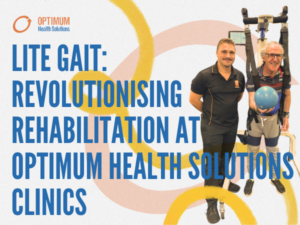The Role of Physiotherapy in Comprehensive Care
Migraines can be debilitating, affecting one’s physical well-being and diminishing overall quality of life. While medications are often prescribed to manage symptoms, an emerging and practical complementary approach is physiotherapy. This holistic treatment focuses on addressing the root causes and contributing factors of migraines, providing relief and improving the overall well-being of individuals suffering from this chronic condition.
Physiotherapy offers a tailored and multifaceted approach to migraine management. One key aspect involves identifying and addressing musculoskeletal issues that may contribute to migraine episodes. Tension and tightness in the neck, shoulders, and upper back can trigger migraines or exacerbate their intensity. Skilled physiotherapists use manual therapy techniques, such as massage, stretching, and joint mobilisation, to alleviate muscle tension and improve flexibility, reducing the frequency and severity of migraines.
Moreover, physiotherapy emphasises posture correction and ergonomic adjustments to alleviate stress on the cervical spine. Poor posture and prolonged periods of sitting can contribute to tension headaches and migraines. Physiotherapists work with individuals to improve their posture and provide exercises that strengthen the neck and shoulder muscles, promoting better alignment and reducing migraine triggers.
In addition to addressing physical components, physiotherapy encompasses relaxation and stress management techniques. Stress is a known trigger for migraines, and physiotherapists employ methods such as deep breathing exercises and progressive muscle relaxation to help individuals manage stress levels effectively. These strategies contribute to migraine prevention and enhance overall mental well-being.

Education is a crucial aspect of physiotherapy for migraines, as therapists empower individuals to recognise and manage their triggers independently. By understanding their unique contributing factors, individuals can make lifestyle changes that mitigate the impact of migraines, leading to a better quality of life.
In conclusion, physiotherapy offers a comprehensive and patient-centred approach to managing migraines. By addressing musculoskeletal issues, improving posture, and incorporating stress management techniques, physiotherapists play a pivotal role in reducing the frequency and intensity of migraines, providing individuals with the tools they need for long-term relief and improved well-being.














